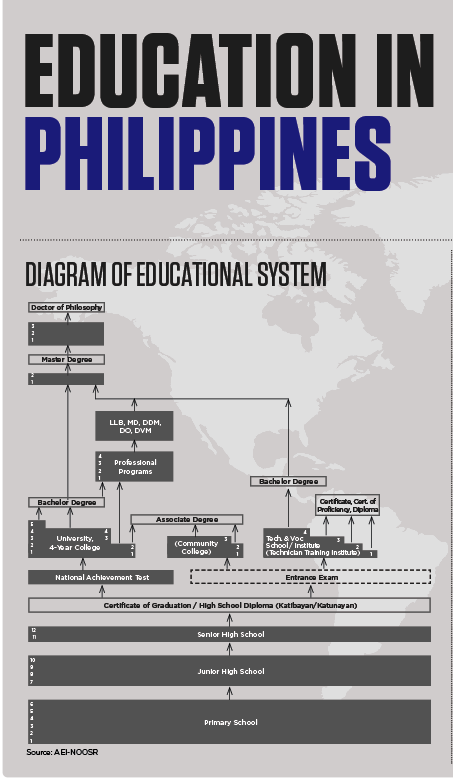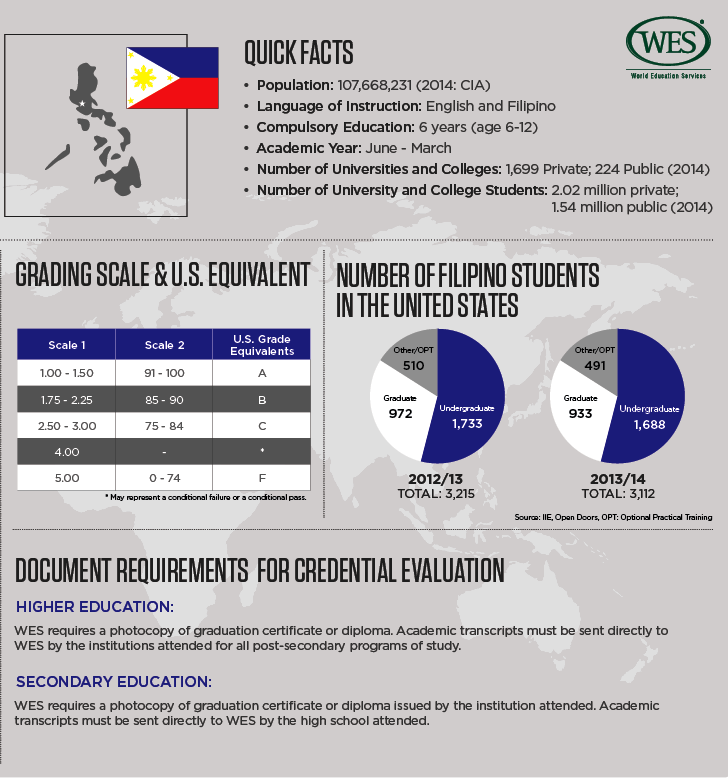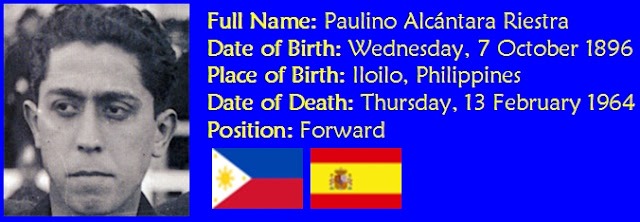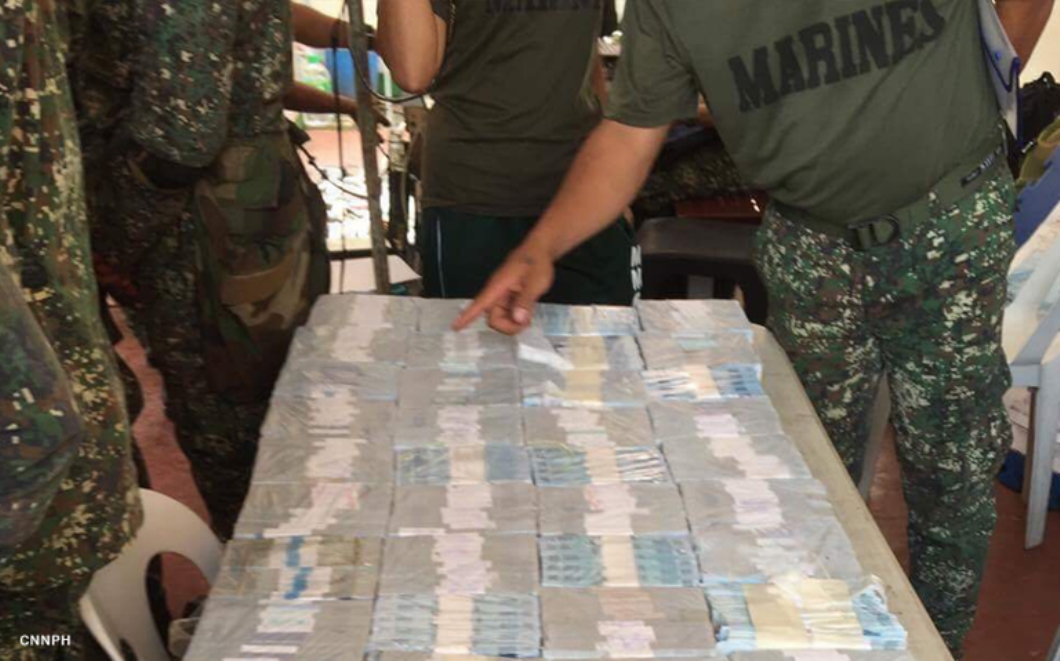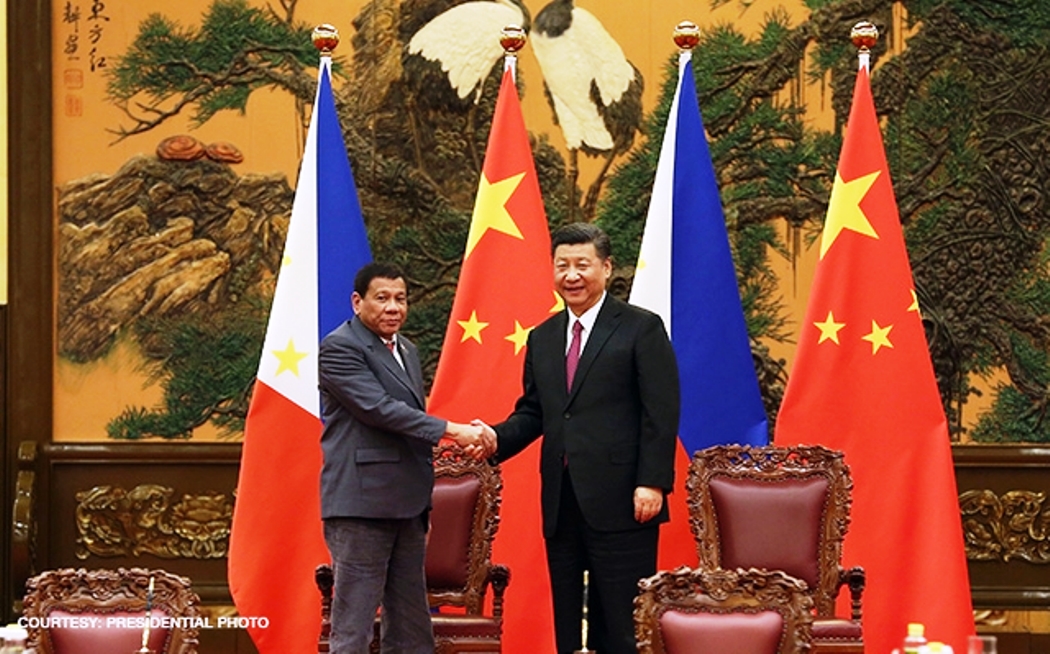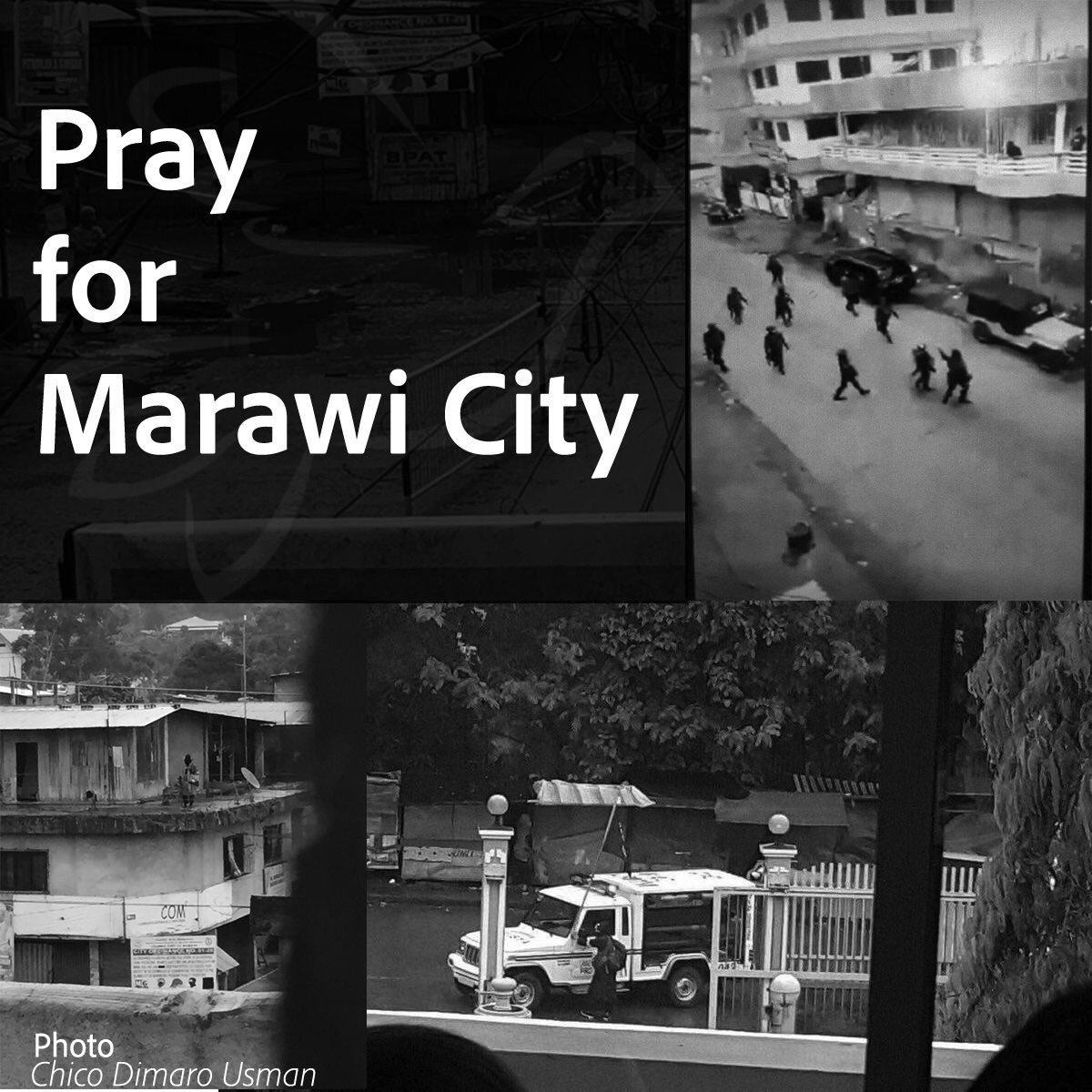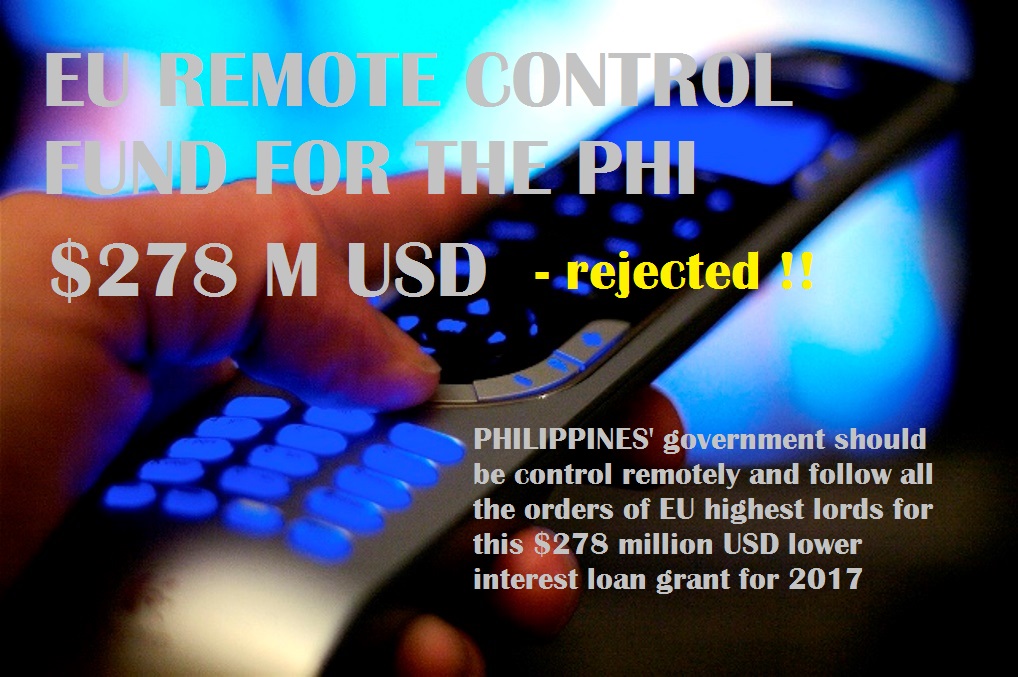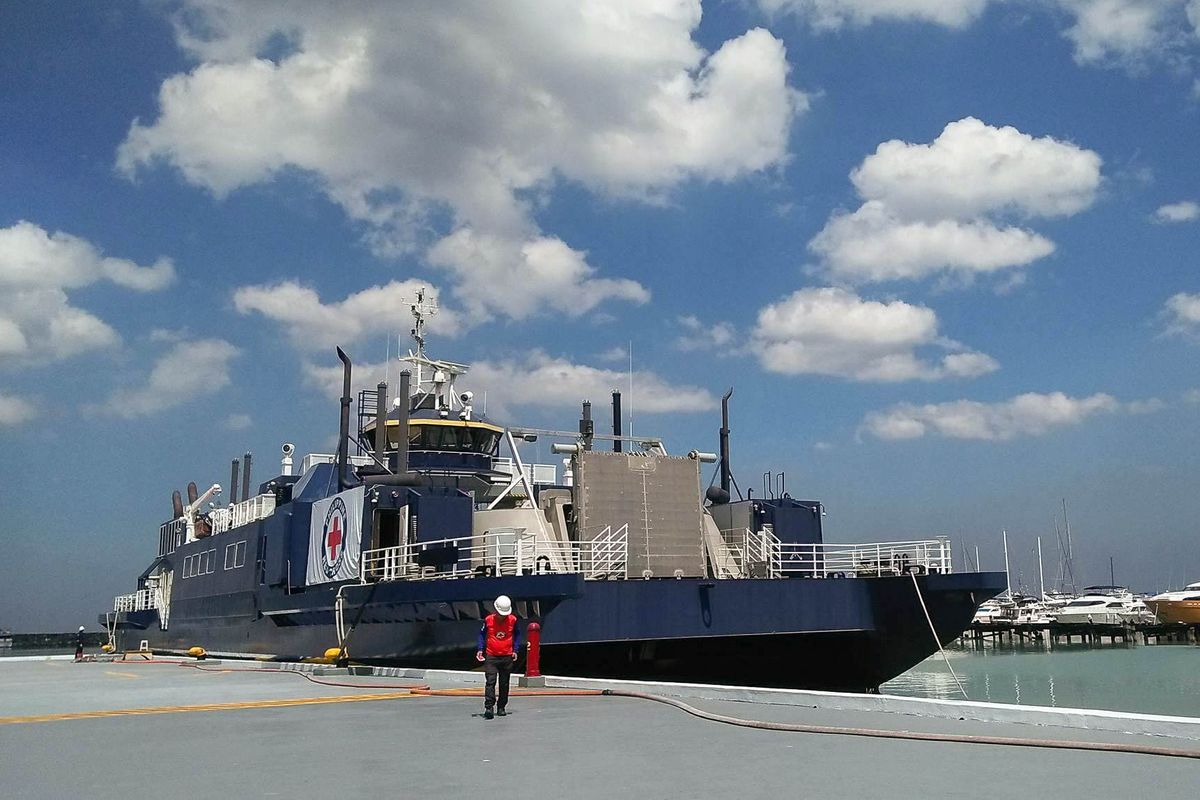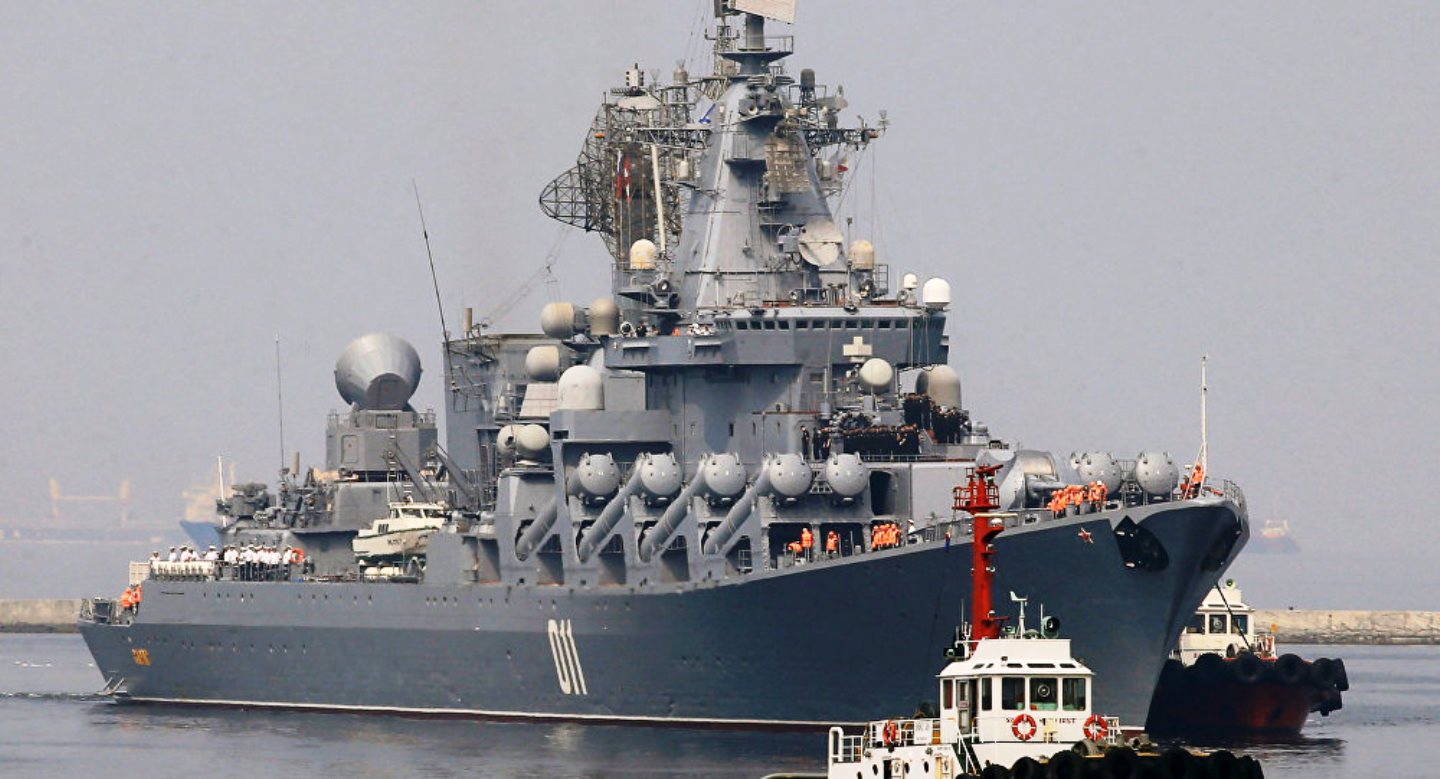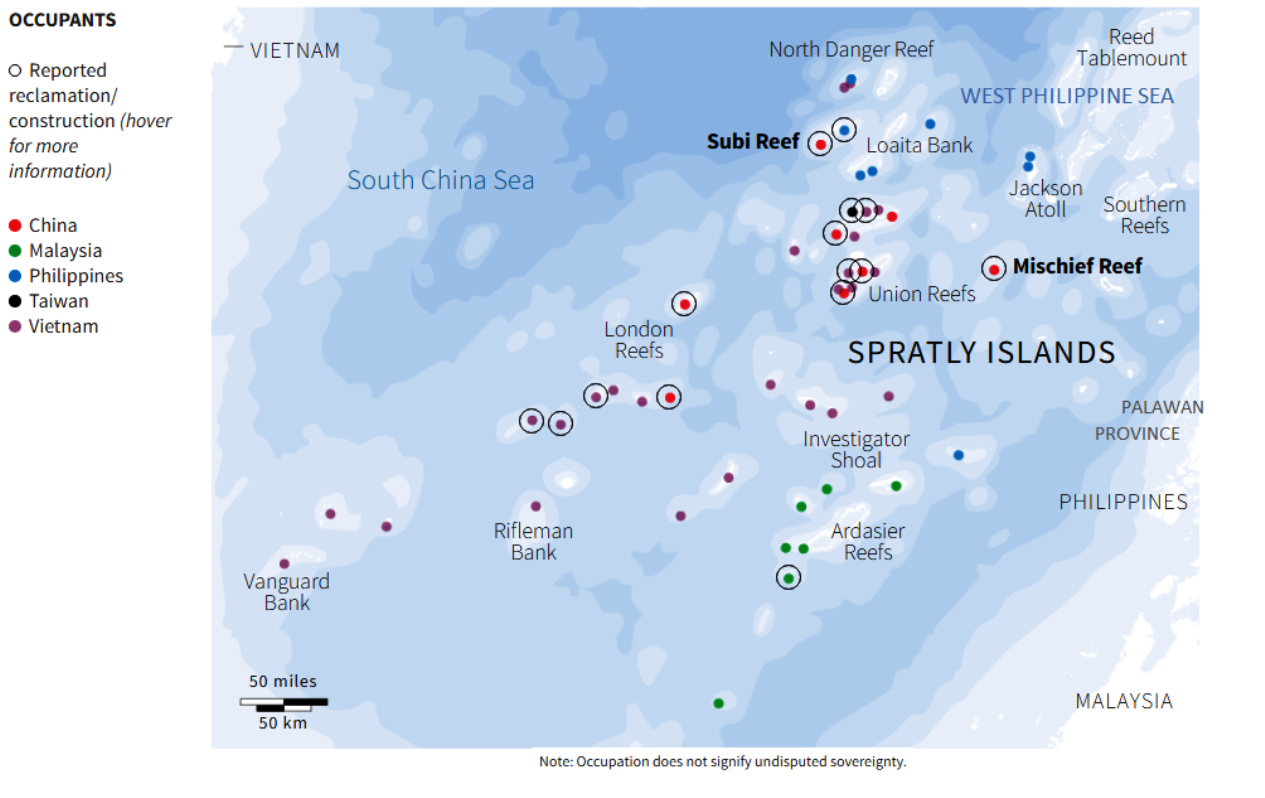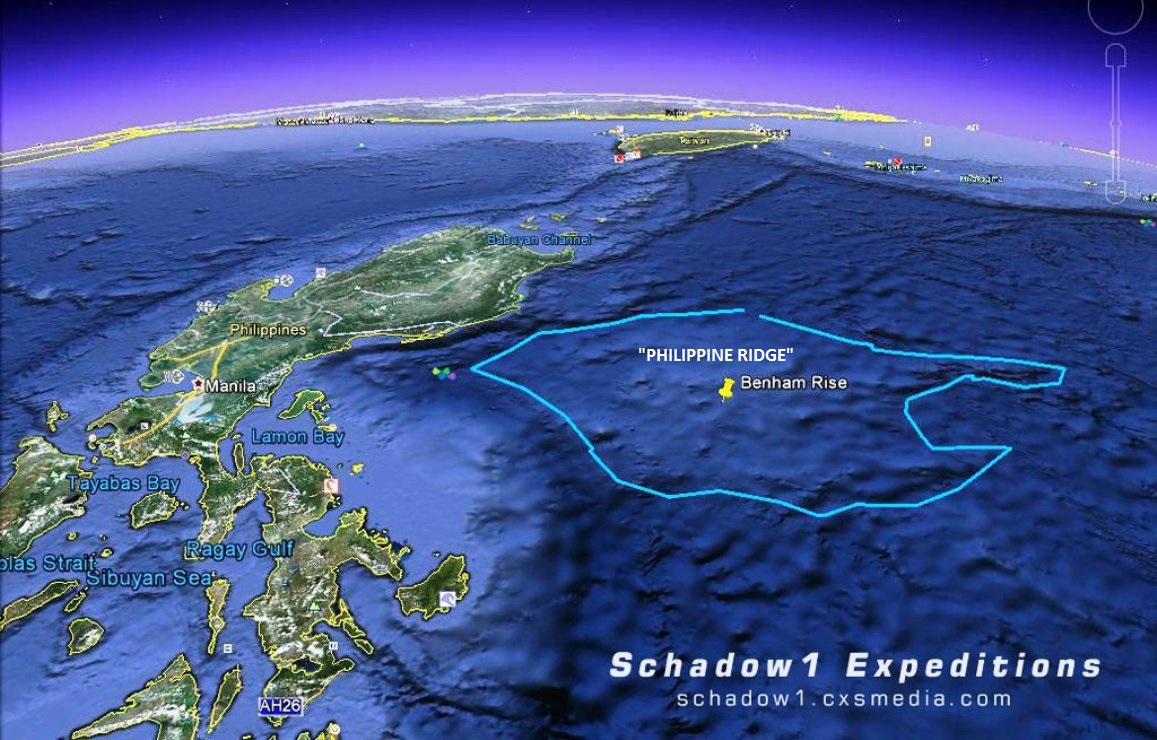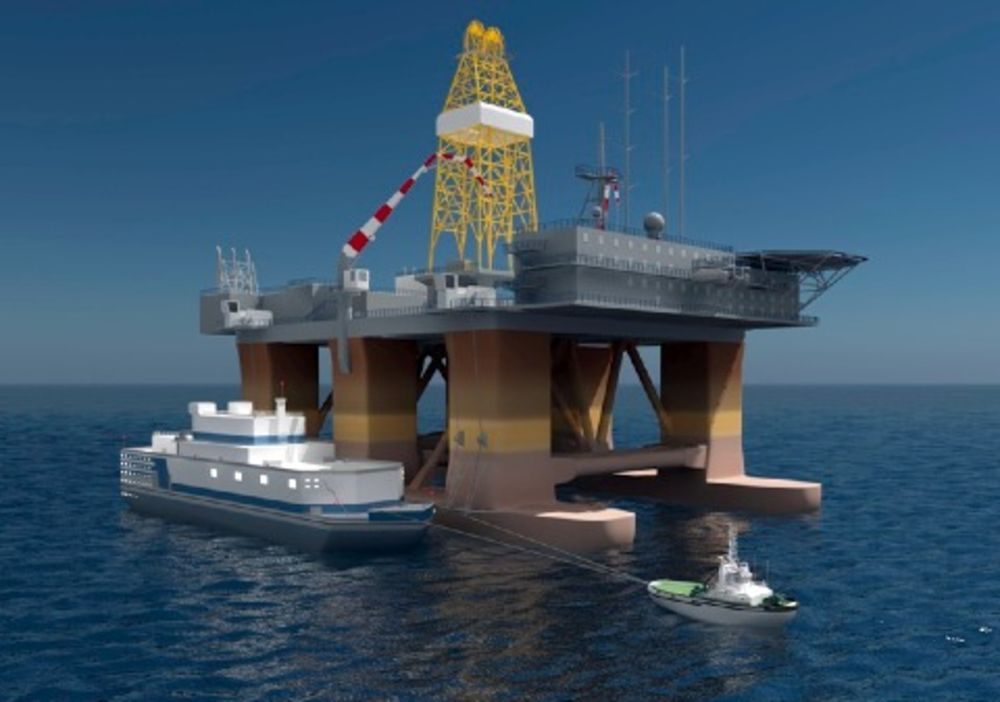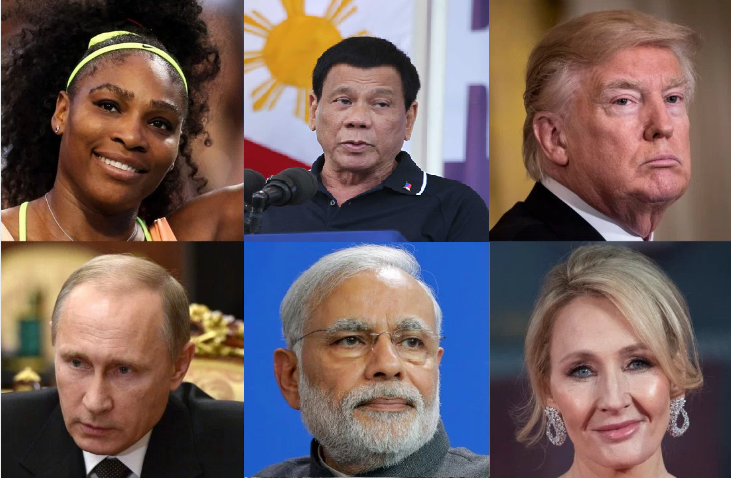
The LTFRB late Friday night (25th August 2017) announced granting Uber’s appeal to lift the one-month suspension and pay instead a fine to make up for repeatedly violating the regulatory body’s order not to accept new drivers.
Rejecting the suggestion of the Kilusan sa Pagbabago ng Industriya ng Transportasyon (KAPIT) chairman Vigor Mendoza II that UBER should pay ₱6 Billion pesos, LTFRB finally decided a discounted amount that UBER should pay to lift the remaining 2 weeks of suspension.
“The Board thus rule to grant the prayer of respondent (Uber) to lift the suspension imposed in its order of 14 August 2017; in lieu thereof, imposes a fine of ₱190 million Philippine pesos,” the order, signed August 25, 2017, read.
In addition to the fine, Uber was told to remit ₱20 million as assistance to its 36,367 transport vehicle network service (TNVS) operators who were active in the last 28 days before the suspension order was issued. The ride-sharing company should show the LTFRB a certification from its depository bank as proof of its compliance.
“The lifting of suspension will depend on the payment of fine and remittance of financial assistance,” LTFRB spokesperson Aileen Lizada told reporters in a text message..
Lizada said the ₱190 million fines was based on the average ₱7-10 million Uber earns from its 150,000 ridership per day, multiplied by the remaining days of suspension which was supposed to be effective until September 14, 2017.
After facing off with LTFRB officials in a dialogue at the Senate, Uber on August 17, 2017 filed an appeal to the LTFRB to revoke its suspension, proposing that it pays a fine of greater amount than the ₱5 million earlier imposed on it for continuing to accept and activate TNVS operators under its platform despite the July 26, 2016 moratorium.
The regulator halted Uber’s operations for a month from Aug. 14, 2017 for disregarding a directive to stop accepting new driver applications.
Uber, which said it did not process those applications, later told the LTFRB it could pay a fine of ₱10 million Philippine pesos to get the suspension lifted.
The Uber freeze has attracted public attention because many Philippine commuters regard the ride hailing app as more reliable and competitive than mainstream transport services (TAXIs).
Like and share: Grab, Uber and U-Hop Philippines' Drivers and Operators group
Uber recently said it had nearly 67,000 Philippine drivers.
The dispute with the Philippine regulator is the latest setback this year to Uber (USA based firm), a firm valued at more than $60 billion US Dollars.
Its Philippines suspension caused a spike in demand for rival Grab, and long queues near offices and malls and some disgruntlement about reverting to using regular taxis.
Philippine Senator Grace Poe, a prominent advocate for improving transport services, tried to bring Uber and LTFRB officials together to work out a compromise. An executive of Uber apologized for its "misunderstanding".
Poe on Friday said the hefty fine should "make Uber rethink its actions and re-evaluate its strategy in testing the extent of government regulations."
The LTFRB last year suspended applications for ride-share operators, to work out how best to regulate the industry. It said Uber was "irresponsible" for challenging that order.








